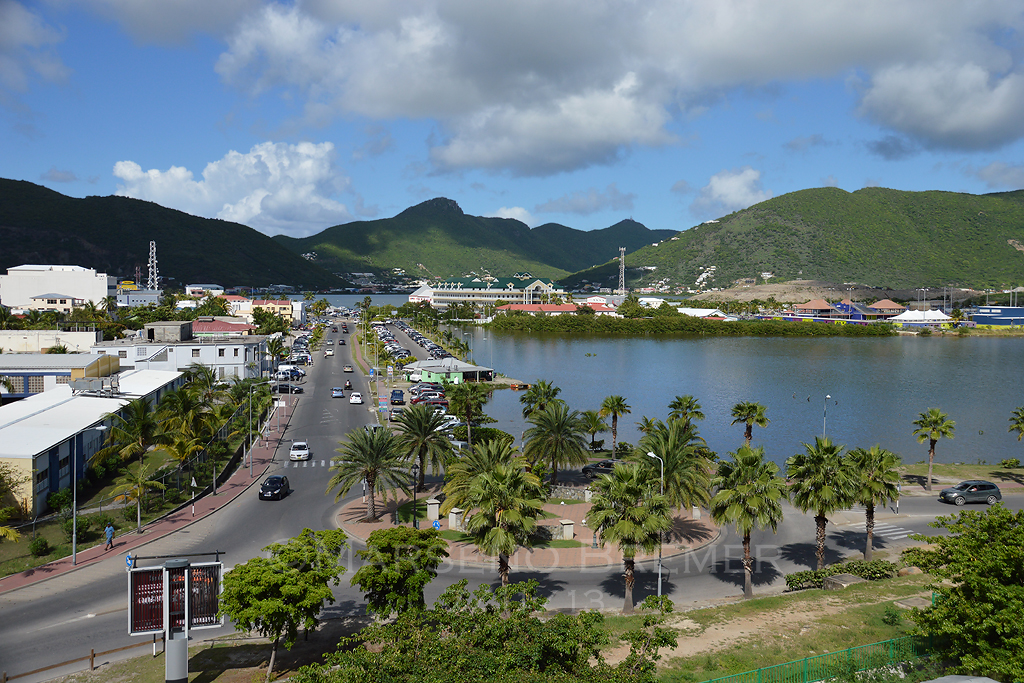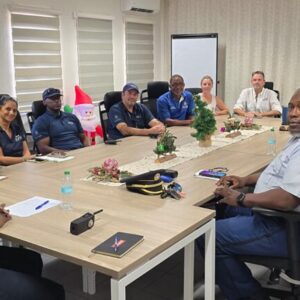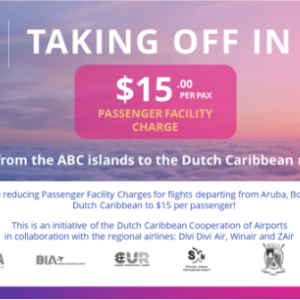Columns
- Home
- Columns
- Page 3
Who is prepared to clock in overtime to improve the economy of St. Maarten?
WHO IS PREPARED TO CLOCK IN OVERTIME TO IMPROVE THE ECONOMY OF ST. MAARTEN? By Terrance Rey Jacob
Terrance Rey
IS IT DOLLARS OR NOTHING FOR ST. MAARTEN?
Is it Dollars or Nothing for St. Maarten? As it seems, many are sitting on
Terrance Rey
Is St. Maarten’s engine set for overdrive?
Is St. Maarten’s Engine Set For Overdrive? Talking to businesspersons in St. Maarten you initially
Terrance Rey
Fields of Dreams by Jacob Gelt Dekker
“Fields of Dreams” by Jacob Gelt Dekker Kevin Costner in “Fields of Dreams” as an
Opinion Piece: Investing In St. Maarten
I would like to ask why you are here, but if you are on this
Recent Posts
Tags
airlift
airlines
AirStMaarten
ANG
Antillean Guilder
Bruce Jakubovitz
caribbean
closed
dae
destination marketing
destroyed
director
Divi Little Bay Resort
dollarization
dr. gittens
e-zone
entrepreneur
French bakeries
Huricane Irma
Hurricane Irma
island
Le Divin
main attraction
Marigot
Nature Foundation
operations
Oyster Pond
Rainforest Adventures
Rockland Estate
Saint Martin
salvage
Sarafina
Simpson Bay Lagoon
st. barths
st. maarten
sta
Stress-Free Holiday Break
Terrance Rey
tourism
tourism authority
tourists
USD
waterfront
wrecks removal
yachting





